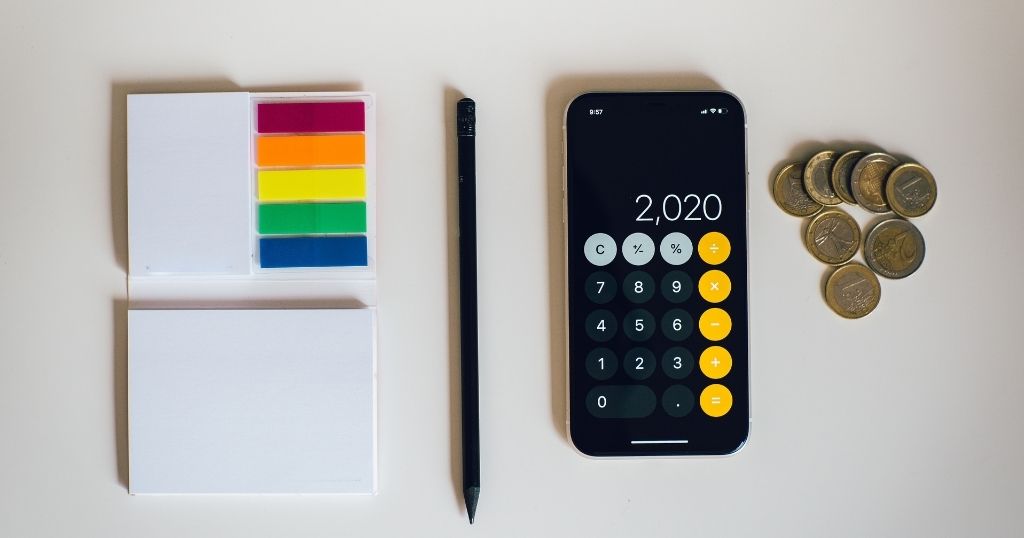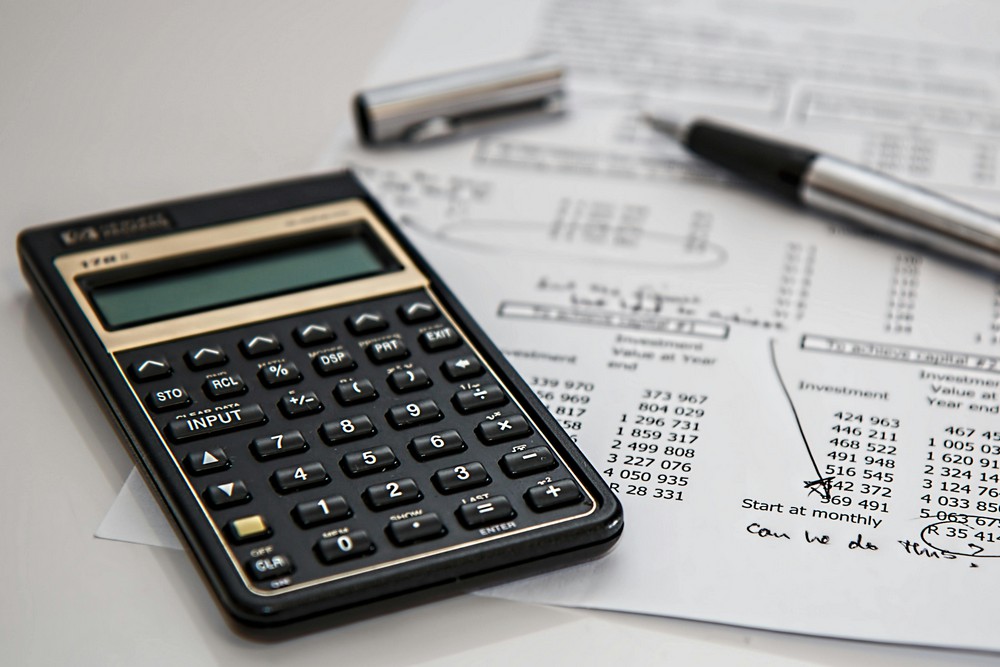
A solid opportunity, especially for international investors looking to expand. Morocco offers more than just a strategic location. It connects Europe, Africa, and the Middle East, and benefits from favorable trade agreem ...
Read more
A company is not only defined by its name. A company is also distinguished by its balance sheet, which highlights its asset situation at a specific moment, in principle when closing its accounts.
In other words, a company's balance sheet provides information on what it has in terms of resources mobilized and equity capital to finance its assets.
The balance sheet is an element that every company must provide at the end of its accounting year. Companies often choose December 31 as the end of their fiscal year, but it may be helpful to select another accounting year-end for certain activities, such as seasonal activities.
When creating a company, you will have to think about how you will go about drawing up the first balance sheet of your fiscal year. A chartered accountant will be able to take care of this task which could frighten the new entrepreneurs.
But is it imperative to know how to read the balance sheet of your company? What is a balance sheet, and what are its specificities? How to interpret a balance sheet to evaluate the financial health of a company? These are some of the questions we will answer in this article.
A balance sheet is a document summarizing the assets, which correspond to everything a company owns, and the liabilities, which include the company's resources. The balance sheet is part of a company's financial statements in the same way as the income statement and the notes.
It provides information on the company's main characteristics at intermediate dates or the end of each accounting period. The balance sheet could be considered an accurate and fair view of the company's assets and liabilities at a specific date.
However, the manager of a company can draw up a balance sheet at any time to show the company's receivables or possible liabilities. The balance sheet is also used to observe the company's working capital requirements.
Often certified by the statutory auditor (a free and independent observer whose role is to verify a company's accounts), third parties such as administrations, shareholders, customers, and banks generally use the balance sheet.
The objective is to know the value of the company and to ensure its solvency.
The balance sheet is also used to determine the taxable profit of a company. Finally, a balance sheet is not only a complex document. Above all, it is also a guarantee and a pledge of transparency that allows a complete company analysis or at least at a high level.
If you work with a chartered accountant, they will be able to draw up your balance sheet. Suppose you are not very comfortable with the balance sheet or any other mandatory accounting document. In that case, we strongly advise you to call on an seasoned accountant to advise and assist you in your efforts.
A company's accounting balance sheet's analysis, understanding, and composition are almost always the same, whether in Morocco or elsewhere.
In the Moroccan balance sheet, we find the same principle characteristics as in the other accounting systems, namely the assets and liabilities of the company are defined as follows:
They include debts, equity, and receivables of the company.
However, it is crucial to distinguish between the assets and liabilities of a balance sheet. We will see this in detail in this article.
Many entrepreneurs do not know how to read their company's balance sheet. However, understanding the financial statements of your company is essential. Knowing your company's working capital requirements is crucial for the smooth running of your business.
The balance sheet of a company is a performance indicator that includes recommendations. It is therefore imperative to know how to decipher them. An entrepreneur who does not know how to read between the lines of his balance sheet takes risks.
However, this exercise is not a matter for specialists. In principle, anyone can read and understand a balance sheet.
Here are some tips on how to read this document correctly. First of all, remember that the balance sheet is composed of two parts, namely the assets on the left and the liabilities on the right. Almost by mathematical logic, the two elements are balanced so that the total assets equal the total liabilities.

In detail, the balance sheet assets include the fixed assets (at the top of the balance sheet) and the current assets (below the fixed assets), as well as the accruals and deferrals.
Fixed assets include tangible assets such as vehicles, equipment, buildings, intangible assets, and financial assets such as guarantees and shares in other companies.
The fixed assets, therefore, show what the company owns.
Other important details are that you have the amount of depreciation and amortization for each asset item, the asset's net value on the date of the balance sheet, and the asset's original value.
In addition to the fixed assets, the current assets include all the elements owned by the company and the adjustment accounts. These correspond to the adjustments made at the end of the financial year and are located at the bottom of the assets side of the balance sheet.
Everything the company owns is therefore included in the assets side of the balance sheet.
You have the shareholders' equity, the provisions for risks and charges, the control accounts, and the debts in the liabilities column.
For the first point, this includes capital reports (including contributions at the time of creation, capital increase, and share premiums) or operating reports in the case of a sole proprietorship.
The liabilities side of a company's balance sheet also shows the net result. The accumulated reserves, including the profits not distributed to the partners as the provisions for risks and expenses, correspond to the valuation of the risks that weigh on the company.
As for the adjustment accounts, they relate to deferred income. These elements are present in the liabilities side of the balance sheet. For example, an invoice from a customer already booked during the financial year but concerns a delivery or service carried out during the following financial year.
These are adjustments made at the end of the financial year, reducing the result, unlike the assets.
Finally, the liabilities section contains all the company's liabilities at the end of the financial year. It will help distinguish between long-term and short-term debts and debts to suppliers, financial debts, taxes, and social security contributions.
Let's talk about what is not in a balance sheet or what differentiates it from other balance sheets, specifically the income statement. Unlike the balance sheet, the income statement is a snapshot of the income and resources and all the costs and expenses of a company's activity between two dates.
In detail, the expenses are composed of the sub-expenses relating to operations (supplies or subcontracting, various purchases of supplies), personnel, external fees (i.e., rent and insurance), taxes, and exceptional financial expenses. In short: everything the company pays.
As far as income is concerned, it ranges from operating income, i.e., sales, to financial items including interest on loans, to exceptional items such as insurance reimbursements or the sale of fixed assets. Thus, the net result of the accounting period is the difference between revenues and expenses. If revenues exceed expenses, the result is a profit.
Otherwise, it is a loss. Although the income statement is different from the balance sheet because it does not present the same financial analysis, the two balance sheets have practically the same utility. They can be used by third parties to ascertain the solvency and economic situation of the company under analysis.
Any entrepreneur must know the profitability of their company. Ensuring the sustainability of his business is even better, although this is not obvious for everyone.
Here are some tips to help you develop your business.
This list will not be exhaustive, but you should know that it is essential to control your cash flow.
Indeed, an accurate budget forecast allows you to anticipate the financial movements, ensure the balance and feasibility of the fixed objectives, and control the impact of the goals on the company's finances.
An excellent monitoring tool, the budget forecast also allows you to make the right decisions to carry out corrective actions, measure the impact of these actions, identify areas for improvement, and subsequently measure the differences between the forecast and the actual. The budget forecast also allows you to plan the company's working capital requirements.
The budget forecast also allows you to measure the consequences of your decisions and action plans.
It is also essential to have a financing table to ensure the financing of your project and to foresee the dates of cash inflows and outflows. Furthermore, any good manager must know how to find working capital to pay for all the expenses incurred to run his business. Without control of his working capital needs, the manager is exposed to a lack of liquidity. A disaster to be avoided at all costs.
Reflecting the economic and financial health of the company, the balance sheet is one of the tools for measuring the solvency of a given company. Banks, partners, and suppliers use it, and companies to be sure to be reimbursed or paid on time.
However, the balance sheet does not tell everything about the company's management and procedures, as it is not a cash flow monitoring tool.
However, it represents an indispensable basis for measuring and accounting for the financial flows linked to the company's activity and for qualifying the operations related to the flows. It is therefore essential to know how to read it to make the right decisions.
To get quality advice and to understand your balance sheet, do not hesitate to contact an experienced chartered accountant.

A solid opportunity, especially for international investors looking to expand. Morocco offers more than just a strategic location. It connects Europe, Africa, and the Middle East, and benefits from favorable trade agreem ...
Read more
Plenty of reasons to consider it. Morocco is growing, well located, and actively attracting investment. For both locals and international investors, the country offers real business potential. But getting started means g ...
Read more
Expanding into a new market isn’t just about locking in your strategy or chasing growth. You also have to follow the local rules, especially when it comes to accounting. For any company doing business here, knowing the ...
Read more